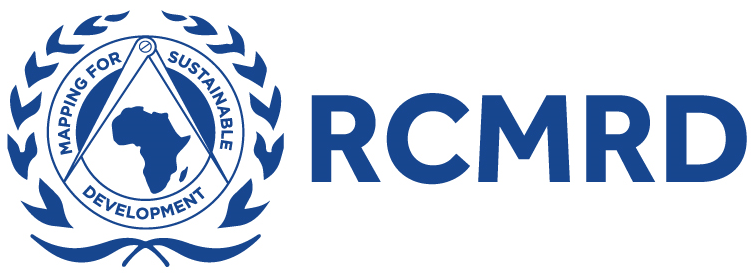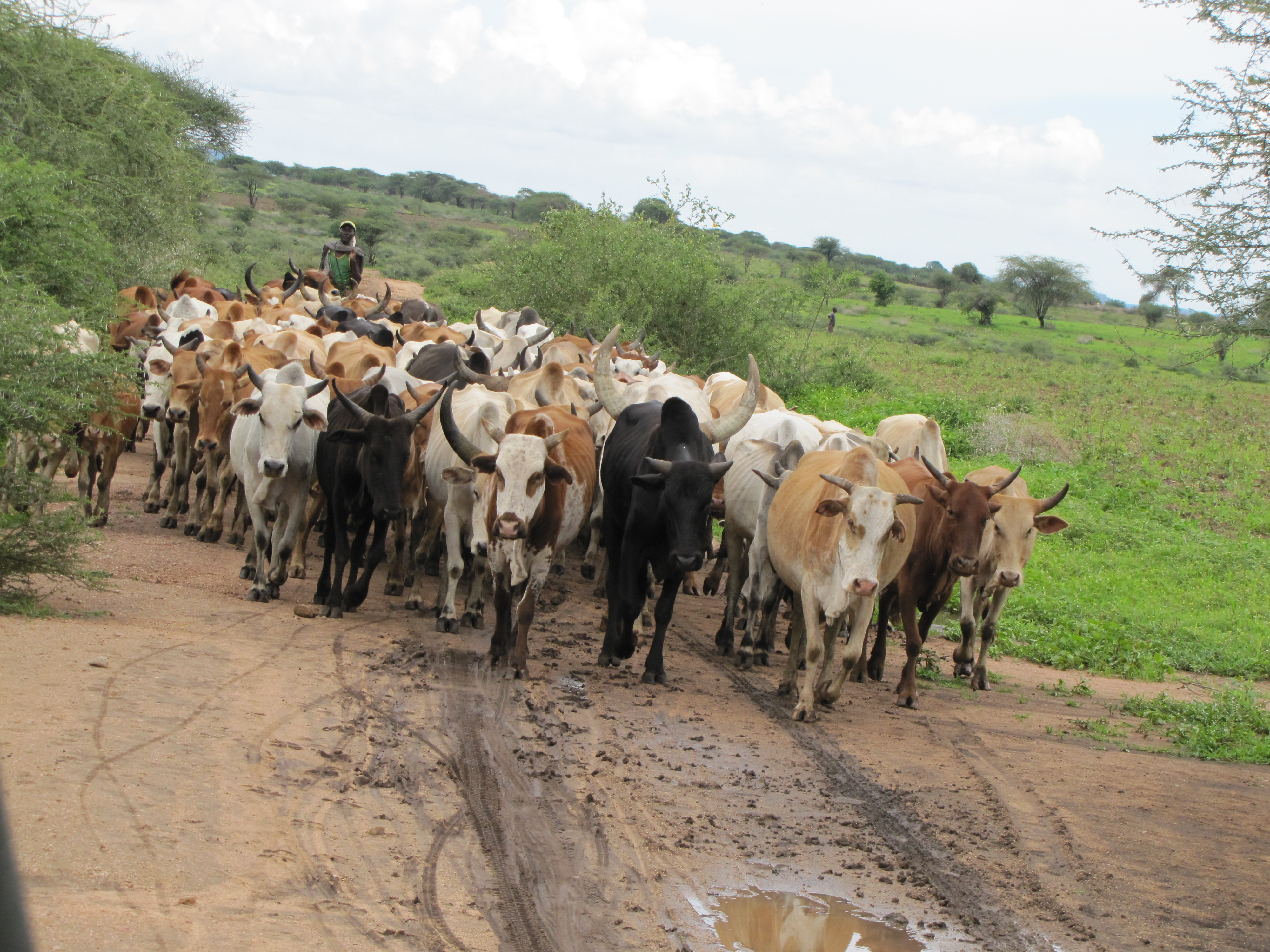Land Use, Land Cover and Ecosystems
Tropical forest ecosystems in Africa continue to experience rapid changes leading to huge environmental impacts, contributing significantly to climate change and biodiversity loss. In East Africa, the key drivers of deforestation and degradation include demand for land for agricultural expansion (both small scale and large scale commercial ventures), livestock production, extraction of wood for energy (charcoal and firewood fuel) and logging for timber. It is estimated that farmlands in East Africa have increased by about 50% in recent decades.
In arid and semiarid areas of Eastern Africa, invasive species colonization, establishment, and spread is another concern because invasive species out-compete indigenous vegetation which can also negatively impact indigenous fauna and adversely affect livelihoods. In response to these issues, a number of international initiatives have been set up to combat anthropogenic forest loss.
One such initiative, the REDD+ programme, features results-based payments to mainly tropical countries who implement activities to stem CO2 (carbon dioxide) emissions arising from deforestation and forest degradation. Monitoring deforestation and forest degradation is central to assessing changes in carbon storage, biodiversity, and other ecological processes. To increase monitoring accuracy and transparency, spatially-explicit information on forest cover change at large scales must be derived from satellite images.
With new satellite sensors, and better capacity to analyze satellite imagery, satellite mapping of forest cover continues to improve, and may be considered routine for estimating deforestation. Additionally, remote sensing is a cost-effective way to monitor changes in forest cover and degradation over large geographic areas.
Key topics under this theme include: Land cover/land use change mapping, Ecosystem services and ecosystem management (including invasive species analyses and management), REDD+ decision support, Land use decision support, and Low emission development planning.




















